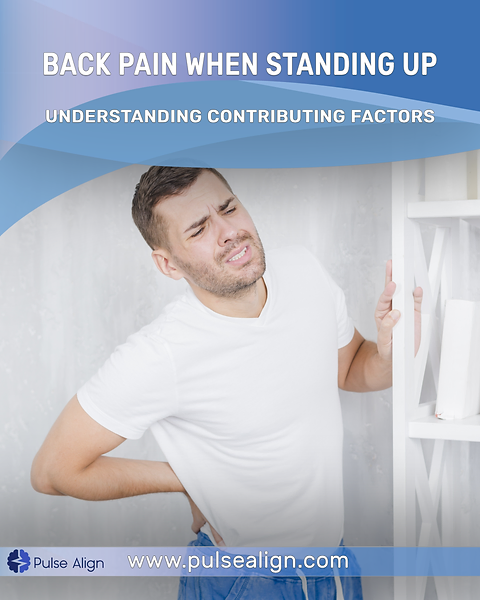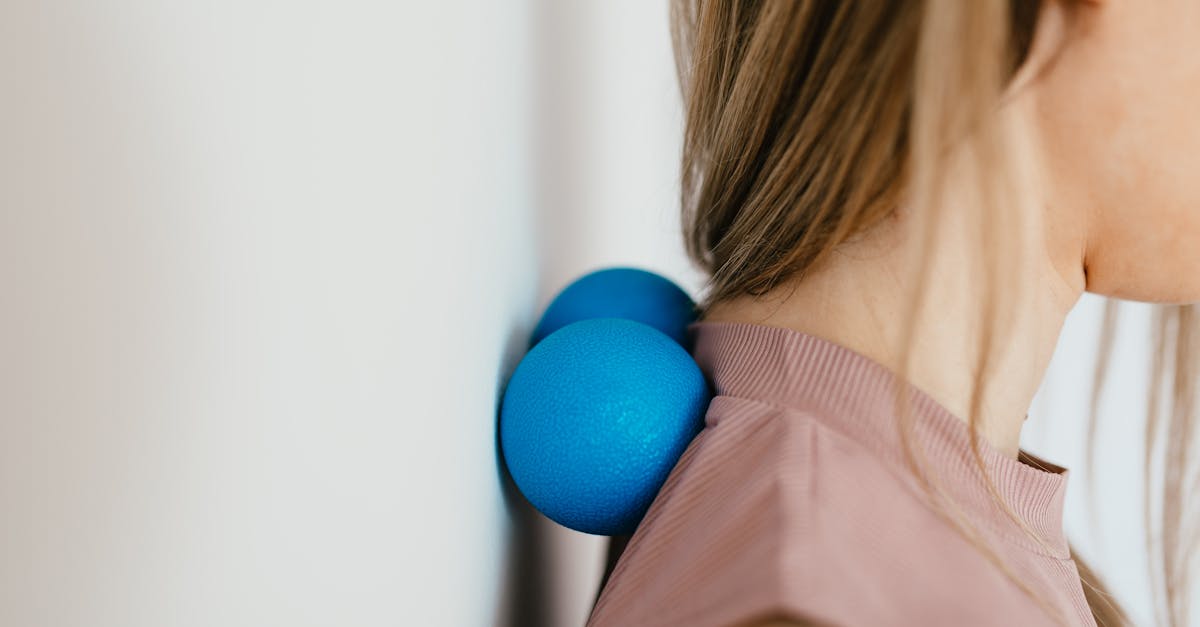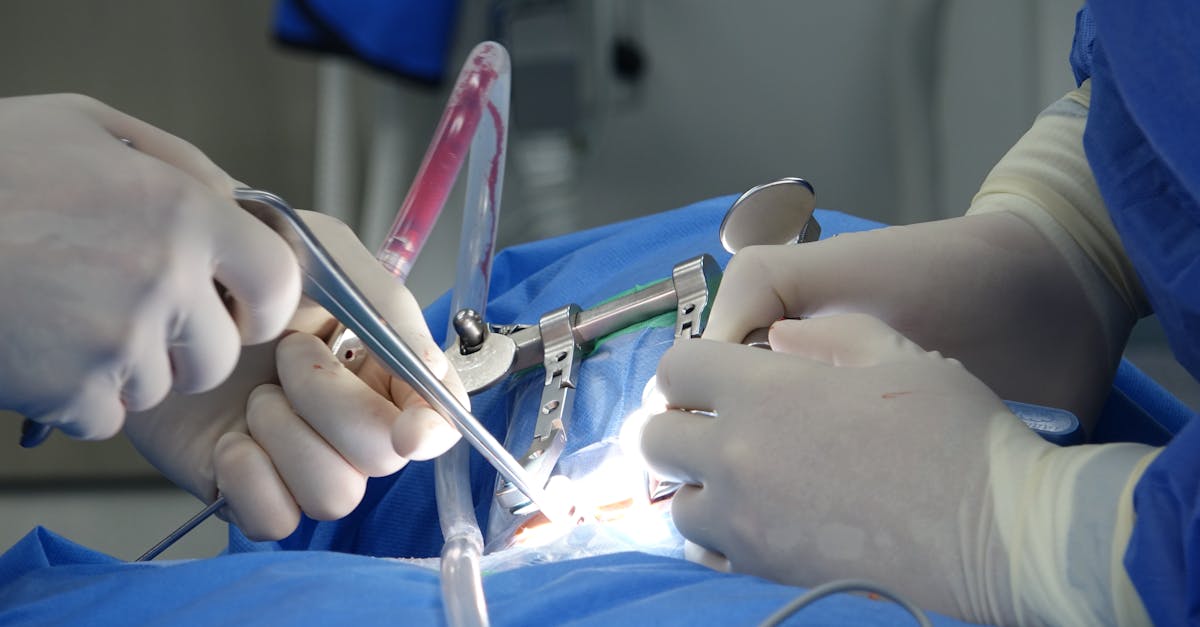Back pain when standing up is a common ailment that affects millions of people worldwide. Whether it’s a dull ache or sharp discomfort, this issue can significantly impact one’s daily life and overall well-being. In this comprehensive blog post, we will delve into the various contributing factors of back pain when standing up, emphasizing the importance of addressing root causes over merely alleviating symptoms. Additionally, we will explore the potential benefits of Pulse Align, a holistic approach designed to promote a natural return to normal function.
Understanding the Root Causes of Back Pain When Standing Up
Poor Posture and Alignment
Back pain is often linked to poor posture and misalignment of the spine. When the spine is not properly aligned, it can lead to increased pressure on certain areas, resulting in pain, especially when standing up for extended periods.
Tip: Maintaining good posture and incorporating exercises that improve spinal alignment can help alleviate back pain.
Muscle Imbalances and Weakness
Weakness or imbalances in the muscles supporting the spine can contribute to back pain when standing. The core muscles, in particular, play a crucial role in providing stability to the spine. Weakness in these muscles can lead to strain and discomfort.
Tip: Regular strength training exercises targeting the core muscles can help prevent and alleviate back pain.
Degenerative Disc Disease
As we age, the intervertebral discs that act as cushions between the vertebrae can degenerate, leading to conditions like degenerative disc disease. This degeneration can result in increased friction between the vertebrae, causing pain when standing up.
Tip: Maintaining a healthy lifestyle, including regular exercise and a balanced diet, can slow down the progression of degenerative disc disease.
Herniated Discs
A herniated disc occurs when the soft, gel-like material inside a spinal disc leaks out, putting pressure on nearby nerves. This pressure can lead to pain, especially when standing up or engaging in activities that involve spinal movement.
Tip: Physical therapy and exercises that strengthen the back muscles can help manage pain associated with herniated discs.
The Role of Pulse Align in Addressing Back Pain
Pulse Align is an innovative approach that focuses on addressing the root causes of back pain rather than merely alleviating symptoms. The system emphasizes holistic well-being, recognizing that pain is often a manifestation of underlying issues. While it doesn’t claim to offer complete healing, many individuals have reported improvements in their back pain symptoms through the Pulse Align care system.
Benefits of Pulse Align
Improved Posture and Alignment
Pulse Align incorporates targeted exercises and techniques to improve posture and align the spine correctly. By addressing the root cause of poor posture, individuals may experience relief from back pain when standing up.
Muscle Strengthening and Balance
The system includes exercises aimed at strengthening core muscles and promoting overall muscle balance. This can help alleviate muscle imbalances that contribute to back pain.
Gentle Mobilization and Decompressio
Pulse Align incorporates gentle mobilization techniques and spinal decompression exercises to reduce pressure on the spine. This can be particularly beneficial for individuals with conditions like degenerative disc disease or herniated discs.
Note: While individual experiences may vary, several studies have suggested positive outcomes with holistic approaches like Pulse Align. One study published in the Journal of Back and Musculoskeletal Rehabilitation (2019) reported a significant reduction in back pain symptoms among participants who followed a holistic care program.
Addressing Root Causes for Long-Term Well-Being
Pulse Align encourages individuals to view back pain as a signal from the body that something is amiss. Rather than merely seeking temporary relief, the system aims to identify and address the root causes of pain, fostering long-term well-being. By adopting a holistic approach, individuals can experience not only symptom relief but also improvements in overall health and function.
Statistics and Studies
While it’s essential to consider real statistics and studies, it’s crucial to approach them with a discerning eye. The effectiveness of any approach, including Pulse Align, can vary among individuals. According to a survey conducted by the International Journal of Osteopathic Medicine (2020), holistic care approaches showed promise in managing back pain, with a notable percentage of participants reporting positive outcomes.
Lifestyle Changes for Improved Well-Being
In addition to exploring holistic solutions like Pulse Align, making lifestyle changes can contribute significantly to improved well-being. Incorporating regular exercise, maintaining a healthy diet, and managing stress are crucial elements in preventing and managing back pain. Pulse Align can complement these lifestyle changes, providing a structured and holistic approach to address the root causes of back pain.
Conclusion
Back pain when standing up is a common issue that requires a comprehensive approach for effective management. Pulse Align offers a holistic care system that focuses on addressing root causes, promoting improved posture, muscle balance, and overall well-being. While complete healing may not be guaranteed, the potential benefits of Pulse Align make it a compelling option for individuals seeking a natural return to normal function.
As you consider your options for managing back pain, it’s essential to explore holistic approaches that prioritize long-term well-being. Pulse Align invites you to take a step towards improved health by addressing the root causes of your back pain. Embrace a holistic approach, make lifestyle changes, and discover the potential benefits of Pulse Align for a natural return to normal function. Your journey to a pain-free life begins with understanding and addressing the underlying factors contributing to your back pain when standing up.
Keywords: Back Pain Standing Up, Root Causes of Back Pain, Pulse Align Benefits,Holistic Back Pain Management, Lifestyle Changes for Well-being
Steinmetz A. Back pain treatment: a new perspective. Ther Adv Musculoskelet Dis. 2022 Jul 4;14:1759720X221100293. doi: 10.1177/1759720X221100293. PMID: 35814351; PMCID: PMC9260567. Link
Licciardone JC, Kellerlee J, Joseph M, Mohammad MB, Kim KG, Jain J, Aryal S. The process and outcomes of chronic low back pain treatment provided by osteopathic and allopathic physicians: a retrospective cohort study. J Osteopath Med. 2023 May 25;123(8):385-394. doi: 10.1515/jom-2023-0046. PMID: 37225662. Link
As the visionary CEO of Pulse Align, François is dedicated to transforming the landscape of pain management and posture health. With a deep-rooted passion for innovation and a commitment to excellence, François leads the team in developing cutting-edge solutions that empower individuals to live healthier, pain-free lives. Under his leadership, Pulse Align has become a beacon of hope and support for those navigating postural-related issues and chronic pain. François brings a wealth of experience in neuromodulation and patient management technologies, combining strategic insight with a compassionate approach to address the unique challenges faced by each individual.




